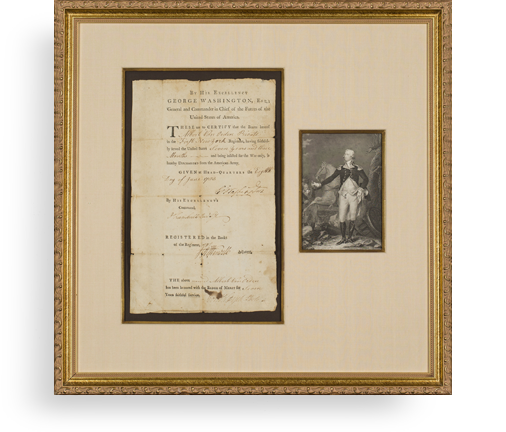Just 8 Days After Becoming Chancellor of the Exchequer, Churchill Offers Thanks for Congratulations
To Nicholas Murray Butler, President of Columbia University and President Taft’s running mate in 1912.
The 1924 UK general election was held on October 29, 1924. The Conservatives, led by Stanley Baldwin did dramatically better than in the previous general election and obtained a large parliamentary majority. Labour, led by Ramsay MacDonald, lost a few seats, but the big losers were Herbert Asquith’s Liberals who lost 118...
The 1924 UK general election was held on October 29, 1924. The Conservatives, led by Stanley Baldwin did dramatically better than in the previous general election and obtained a large parliamentary majority. Labour, led by Ramsay MacDonald, lost a few seats, but the big losers were Herbert Asquith’s Liberals who lost 118 of their 158 seats. Churchill’s was one of the seats lost, as he switched parties and became a Conservative. On November 6, 1924, he was rewarded with appointment as Chancellor of the Exchequer, a post second only to the Prime Minister, and one he had long coveted because it had been held by his father, Raandolph Churchill.
Many people contacted him to offer congratulations. One of these was Nicholas Murray Butler, President of Columbia University and President Taft’s running mate in 1912, to whom Churchill responded.
Typed Letter Signed on his letterhead, London, November 14, 1924, to Butler. “I am much obliged to you for your kind letter of congratulations and for sending me the most interesting ‘Confession’ of John Spargo.” Spargo was an author, socialist and influential muckraker whose politics made a sharp turn to the right in the 1920’s.

Frame, Display, Preserve
Each frame is custom constructed, using only proper museum archival materials. This includes:The finest frames, tailored to match the document you have chosen. These can period style, antiqued, gilded, wood, etc. Fabric mats, including silk and satin, as well as museum mat board with hand painted bevels. Attachment of the document to the matting to ensure its protection. This "hinging" is done according to archival standards. Protective "glass," or Tru Vue Optium Acrylic glazing, which is shatter resistant, 99% UV protective, and anti-reflective. You benefit from our decades of experience in designing and creating beautiful, compelling, and protective framed historical documents.
Learn more about our Framing Services








































































































